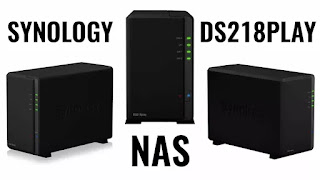How to Choose the Right Wide Monitor: Resolution, Panel Type, and More
These days, wide monitors are becoming increasingly popular for multitasking, content creation, gaming, and even stock trading. Compared to the standard 16:9 aspect ratio, ultrawide monitors with 21:9 or even 32:9 provide a dramatically larger workspace and an immersive user experience.
However, with so many options and specifications available, it's easy to end up with the wrong product. This article covers the essential factors to consider when buying a wide monitor—helping you make a smart, regret-free decision.
1. Screen Size and Resolution
Wide monitors generally start at 29 inches and go up to 34", 38", or even 49". But size isn’t everything—resolution matters just as much. For example, a 34-inch monitor should have at least 3440x1440 resolution to display sharp text and images.
Cheaper ultrawide monitors with 2560x1080 (essentially a stretched Full HD) may seem wide, but their pixel density is too low for comfortable long-term use. Always match the screen size with an appropriate resolution.
2. Panel Types: VA, IPS, OLED
Panel technology directly impacts color accuracy and viewing angles. VA panels are common and offer great contrast—ideal for movies—but fall short in color precision and response time. IPS panels, on the other hand, are excellent for color accuracy and have wider viewing angles, perfect for designers or content creators.
Recently, OLED panels are emerging in premium monitors, offering incredible contrast, fast response times, and vivid colors. However, they come with higher prices and potential burn-in risks to consider.
3. Curved or Flat?
Ultrawide monitors are often curved to compensate for their extreme width. Common curvature specs include 1800R, 1500R, and even 1000R—the smaller the number, the deeper the curve.
A curved display reduces eye movement and enhances immersion, making it great for movies or gaming. However, if you're doing design or CAD work where straight lines matter, a flat monitor may be more suitable.
4. Refresh Rate and Response Time
Gamers should pay attention to refresh rate and response time. A refresh rate of 100Hz or higher (ideally 144Hz or 240Hz for FPS games) provides smoother visuals. Response time should be 1ms for minimal ghosting during fast-paced scenes.
VA panels tend to have slower response times, so gamers might prefer IPS or OLED options for better performance.
5. Port Configuration and KVM Support
Wide monitors often support multiple inputs and productivity features. Check for DisplayPort, HDMI, USB hubs, and USB-C charging support. Monitors with built-in KVM switches let you control multiple devices with one keyboard and mouse—excellent for productivity.
6. Recommended Setups and Conclusion
- Media consumption: 34" VA panel, 3440x1440 resolution, 1500R curvature
- Gaming: 34" IPS or OLED, 144Hz+, 1ms response time
- Design/Work: 38" IPS, high sRGB coverage, USB-C
- Multi-device users: KVM switch, multiple input ports
Wide monitors are more than just big screens—they're tools for immersive and efficient work. By understanding your needs and matching them with the right specs (resolution, panel, ports, features), you can dramatically improve your productivity and enjoyment. Use this guide to confidently choose the best wide monitor for your setup.



